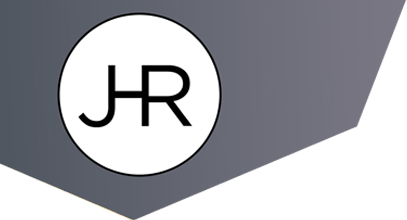As a musician, your band’s name is more than just a name—it’s your identity, your brand, and a symbol of your music. It’s what your fans shout at concerts and what they search for on music platforms. But what happens when another band starts using the same name? Or worse, what if they start selling merchandise under your band’s name? This is where understanding your rights, particularly trademark rights, becomes crucial.
What is a Trademark?
A trademark is a type of intellectual property that protects words, phrases, symbols, or designs that identify and distinguish the source of goods of one party from those of others. In the context of a band, this could be your band’s name, logo, or even a specific phrase you use frequently in your songs.
Can I Trademark My Band Name?
Yes, you can—and should—trademark your band name. By registering your band name as a trademark, you can prevent others from using it without your permission. This is particularly important in the music industry, where a unique and recognizable name can be a significant part of a band’s success.
How to Trademark Your Band Name
- Clearance and Availability Search to Clear Your Trademark: Before you can register your band name as a trademark, you need to make sure it’s not already in use or registered by another. You can do this by searching the United States Patent and Trademark Office’s (USPTO) database.
- File an Application: If your band name is unique, the next step is to file a trademark application with the USPTO. You’ll need to provide information about your band, describe the goods/services your mark will be used in connection with, and pay a filing fee.
- Wait for Approval: After you submit your application, it will be reviewed by a USPTO examining attorney. If approved, your trademark will be published in the Official Gazette, a weekly publication of the USPTO. Or you may receive an office action (OA) with objections or rejections from the USPTO Examining Attorney. If received you an OA you will need to respond to it or the application will go abandoned.
- Publication: Once your application is approved by the examining attorney either after responding to an OA or if approved right away, the application will be published for any third party to Oppose your application.
- Opposition: An Opposition is litigation that is pretty much fully done on paper, rather than in person as you see in movies and tv show. Opposition are started by third parties that feel your application is too close to their registration or that your application covers a descriptive term that it should not be entitled to protection. Sometimes these can be settled, other times you will need to go all the way through with an opposition proceeding.
- Registration or Notice of Allowance: Depending on if you filed based on your use in commerce or based on intent to use (ITU) will determine what happens once you get past the Publication stage. If you filed based on use, you would receive your registration certificate. You will receive a Notice of Allowance if you filed based on ITU. A Notice of allowance gives you six months to file proof illustrating your use in commerce of the applied-for trademark to get your registration certificate. You can also request an extension of time for an additional six months, and you can do this five times so long as you pay the extension fees before each time period ends.
- Maintain Your Trademark: Once registered, you’ll need to maintain your trademark by filing specific documents and fees at regular intervals.
- Police Your Trademark. As a trademark owner, it is your responsibility to make sure that no one else uses your trademark or a similar brand. Although the USPTO will refuse to register similar trademarks, they do not actively go out and make others stop using your brand or a similar brand which is the trademark owner’s responsibility.
Beyond the Band Name: Protecting Your Merchandise
Trademarking your band name is just the first step. If you plan to sell merchandise, you should also consider trademarking your logo or any other distinctive designs you use. This will prevent others from selling counterfeit merchandise and confusing your fans.
Additionally, consider copyright protection for your artwork, songs, and albums. While a trademark protects your band name and logo, a copyright protects your music and lyrics.
Conclusion
In the music industry, your band’s name and brand are crucial to your success. By understanding and utilizing trademark rights, you can protect your band’s identity and prevent others from profiting off your hard work. If you have additional questions or you’re ready to start the process, click here to schedule an Initial Discovery Session online or call us at (888) 666-0062.
DISCLAIMER: The information contained in this article is for informational purposes only and is not legal advice or a substitute for obtaining legal advice from an attorney.




